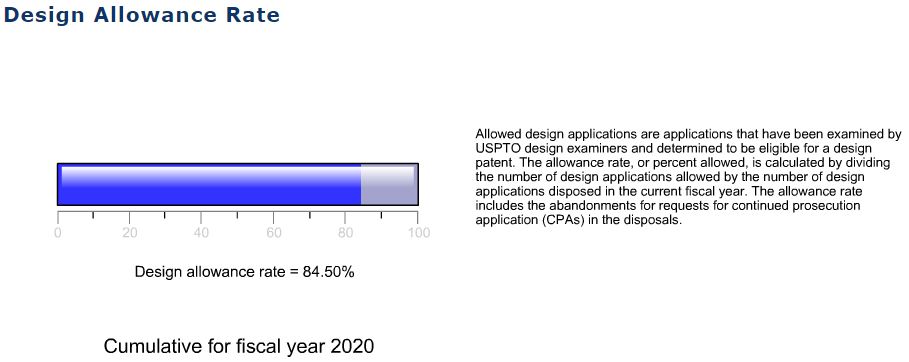How hard is it to get a utility patent?
Before delving into how hard it is to get a utility patent, we should define that we mean by easy. If easy means getting a patent without any rejections, then only 11% of utility nonprovisional patent applications get allowed without any rejections according to this Yale statistical study. So getting a utility patent will not be easy in most cases. It may also be easy to get an independent claim allowed with such a high number of limitations or claim elements that the patent will have little to no value in the commercial world.
The vast majority of utility patent applications will encounter a hard path to success. Utility patent filers should not be discouraged. Instead, utility patent applicants should be well-informed and realistic on the long and expensive process of obtaining a utility patent. Reasonable expectations combined with a smart patent strategy can lead to successful grant of a utility patent that will provide your business with real value.
Why are utility patents difficult to obtain?
Several factors affect the difficulty level of obtaining utility patents. The particular area of technology will play a major role. For example, utility patent applications for software, mobile apps, and business methods will generally encounter a higher rate of rejection, and a greater probability of multiple rejections.
Another key factor in the high rate of rejections has to do with the way patent examiners easily reject claims without finding very similar prior art references. You may wonder, “How do examiners get away this?” The answer is a type of rejection known as obviousness, where examiners typically combine multiple prior art references to arrive at the claimed invention. There are strategies for countering and overcoming obviousness rejections, but a great deal of work and patience will be required.
Another factor can be inconsistencies between the applicant and the examiner in how each side interprets key claim terms – i.e., the applicant understands a particular claim term to have a specific meaning while the examiner applies a broader interpretation.
How claim scope leads to claim rejections and allowances
Applicants naturally want utility patents with broader claims that have real teeth – i.e., claims that will cover competitors’ copycat products. This battle for broader claim scope will typically to lead to a tug-of-war with the examiner. It’s a give-and-take process where the applicant makes concessions by adding claim elements to get past each successive prior art rejection. If they’re being fair, examiners may allow amended claims as additional claim elements narrow the scope to the point where the examiner feels that the claim has reached the requisite level of both novelty and nonobviousness.
If all you want is a trophy patent, you can greatly increase your chances of allowance by filing claims with a high number of limitations. This decreases the claim scope and increases the probability of allowance. For example, an independent claim with 20 paragraphs, each containing at least two claim elements, might have a good chance of allowance. But, would such a claim have any value in the real world if others can easily design around it?
Will a patent search of prior art help?
A patentability search can help to identify prior art patents that are similar or closely related to your invention. Novelty searches, however, are limited in that it is very possible to miss certain prior art references. Even if the closest prior art references are found in a prior art search, there is no predicting how the examiner will apply the obviousness rejection to reject claims which seem to be very different from the prior art.
How easy is it to get a design patent?
Design patent applications have a high probability of allowance at over 84%:

Design Allowance Rate – Fiscal Year 2020
The high design allowance rate suggests that it may be worthwhile to file design applications even if you are unsure of the novelty of a particular design.


